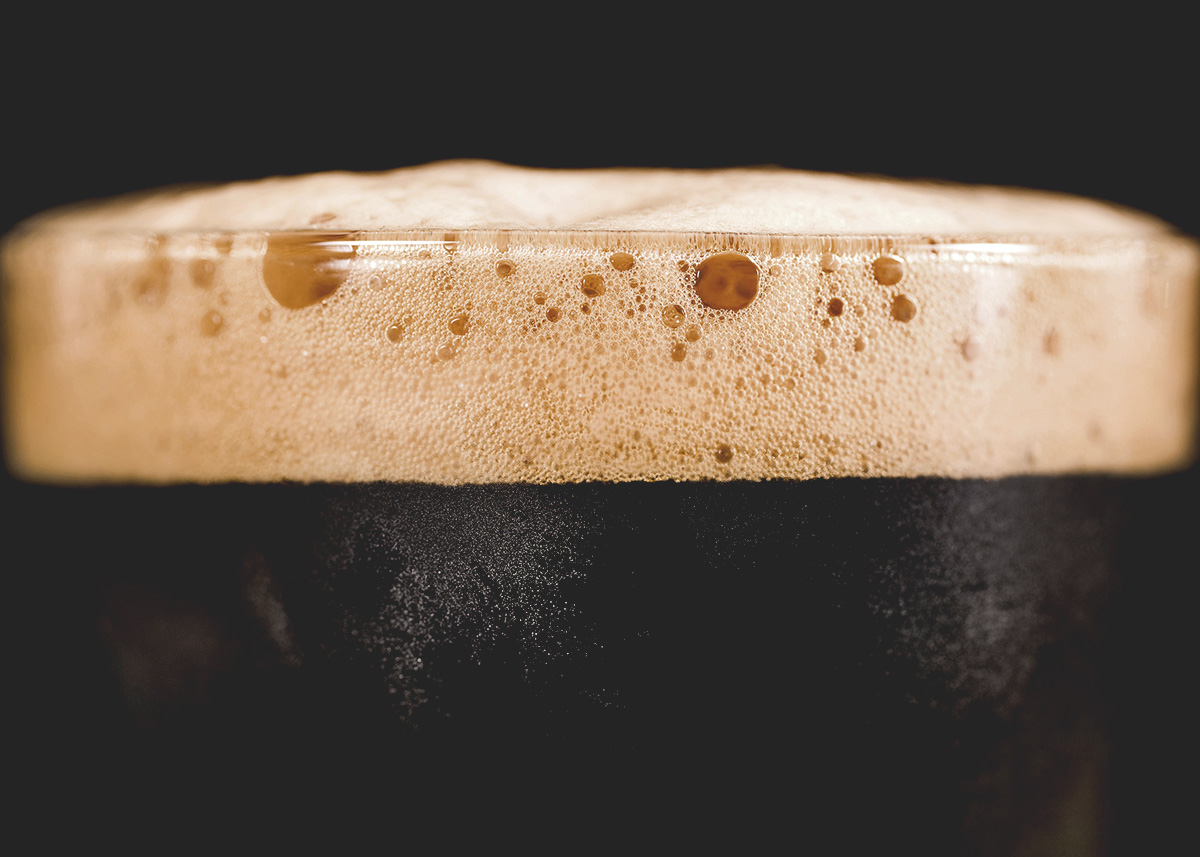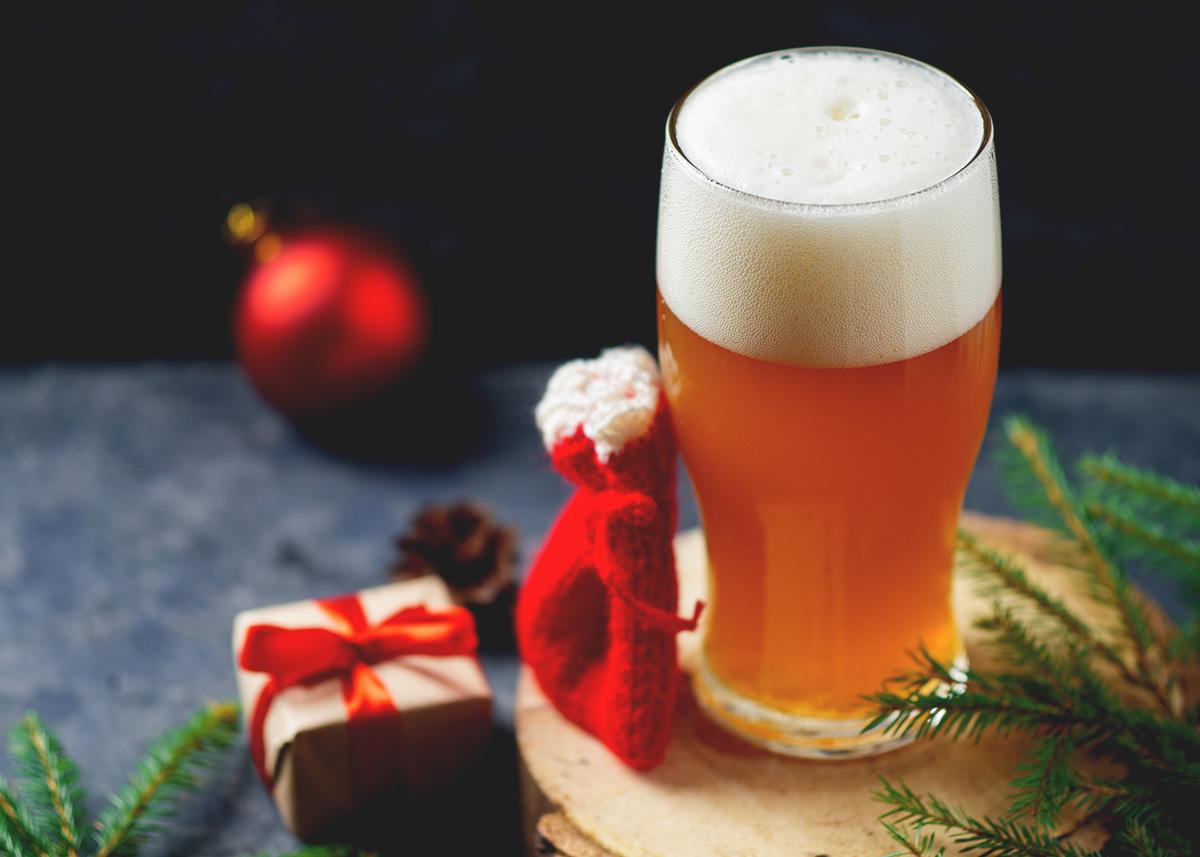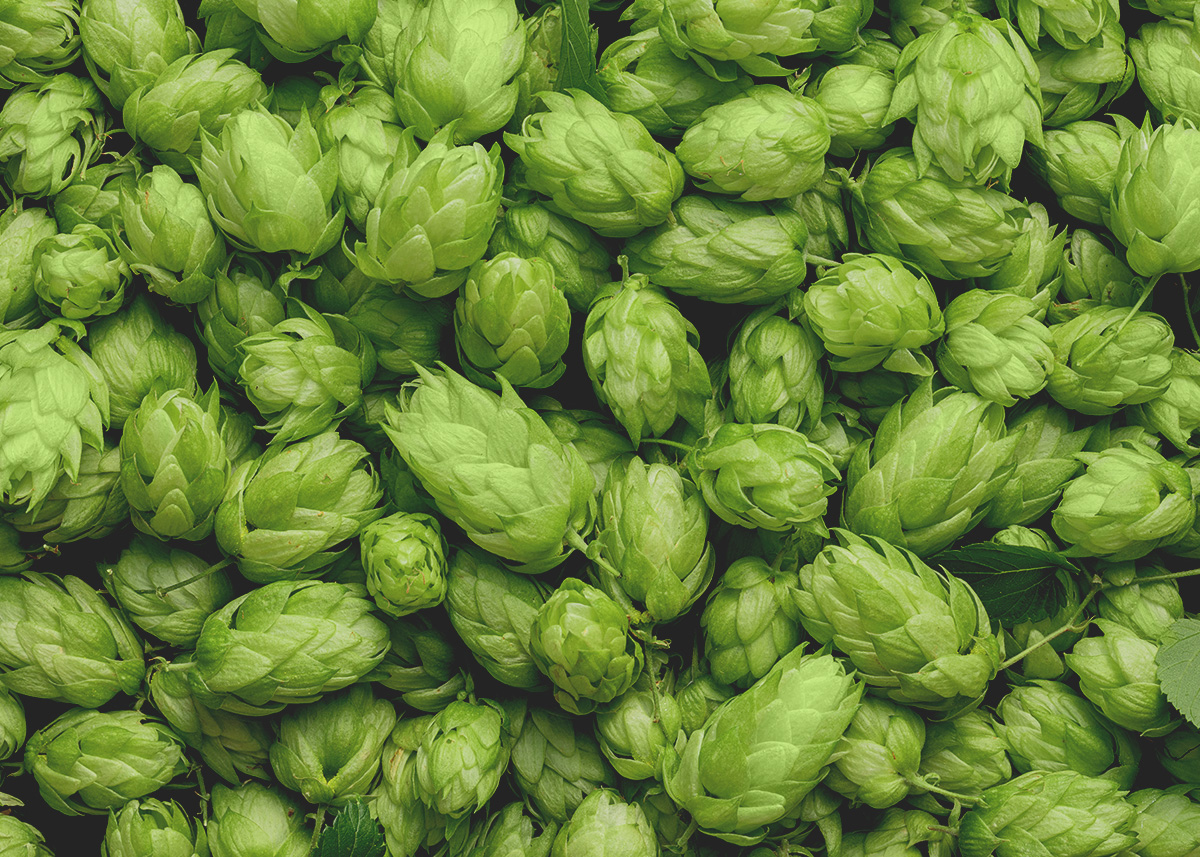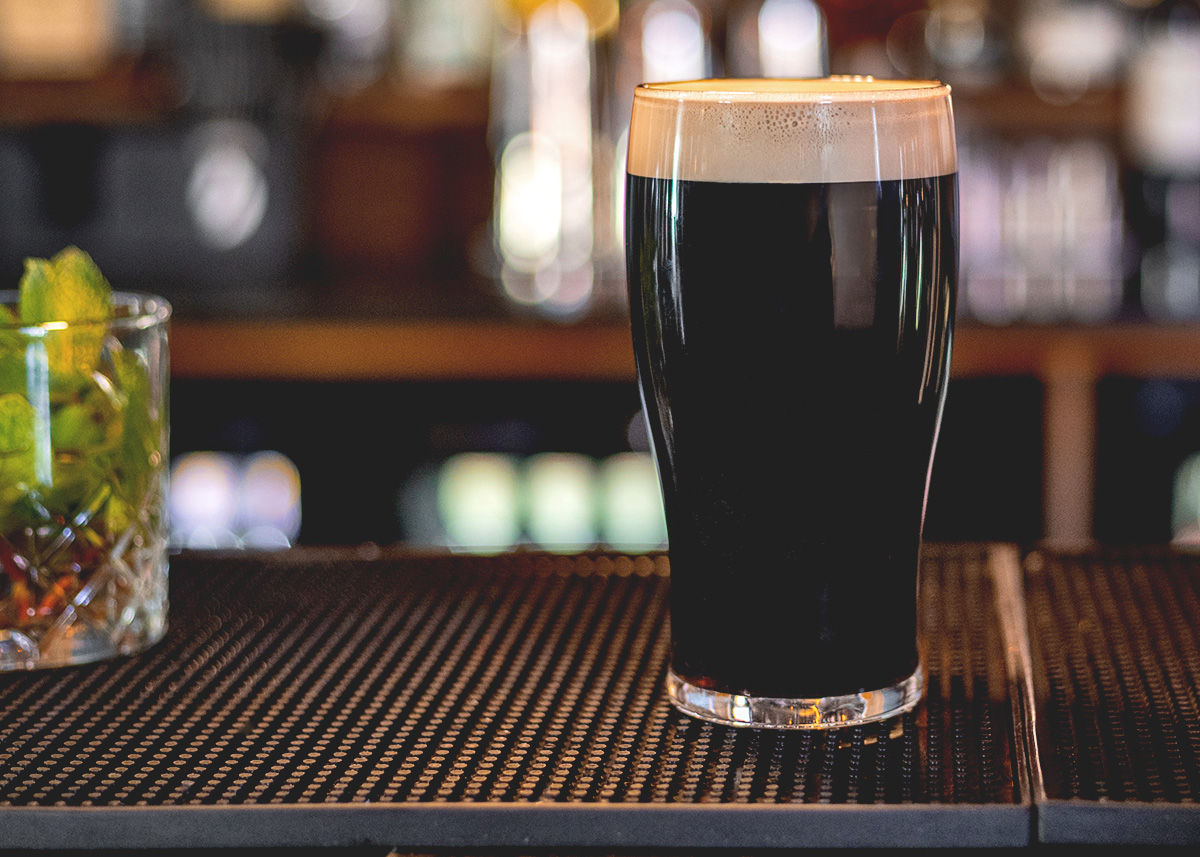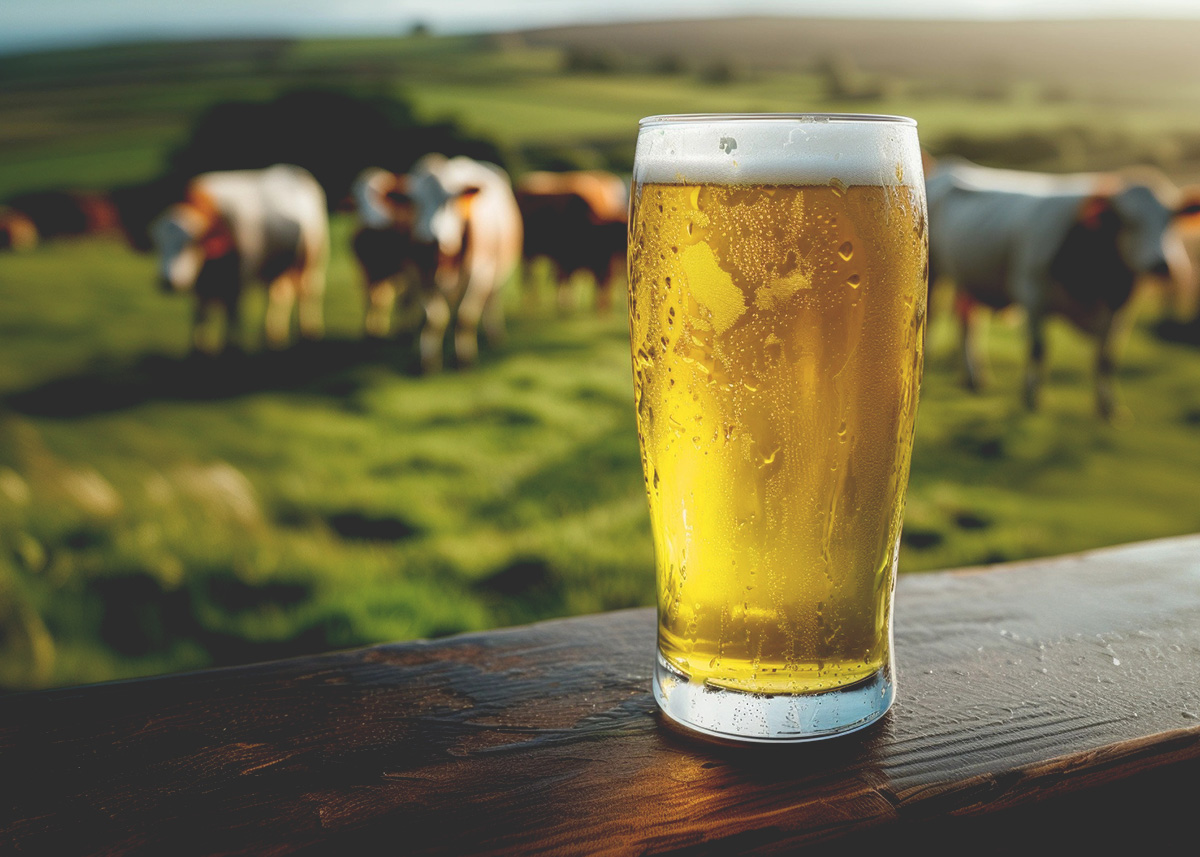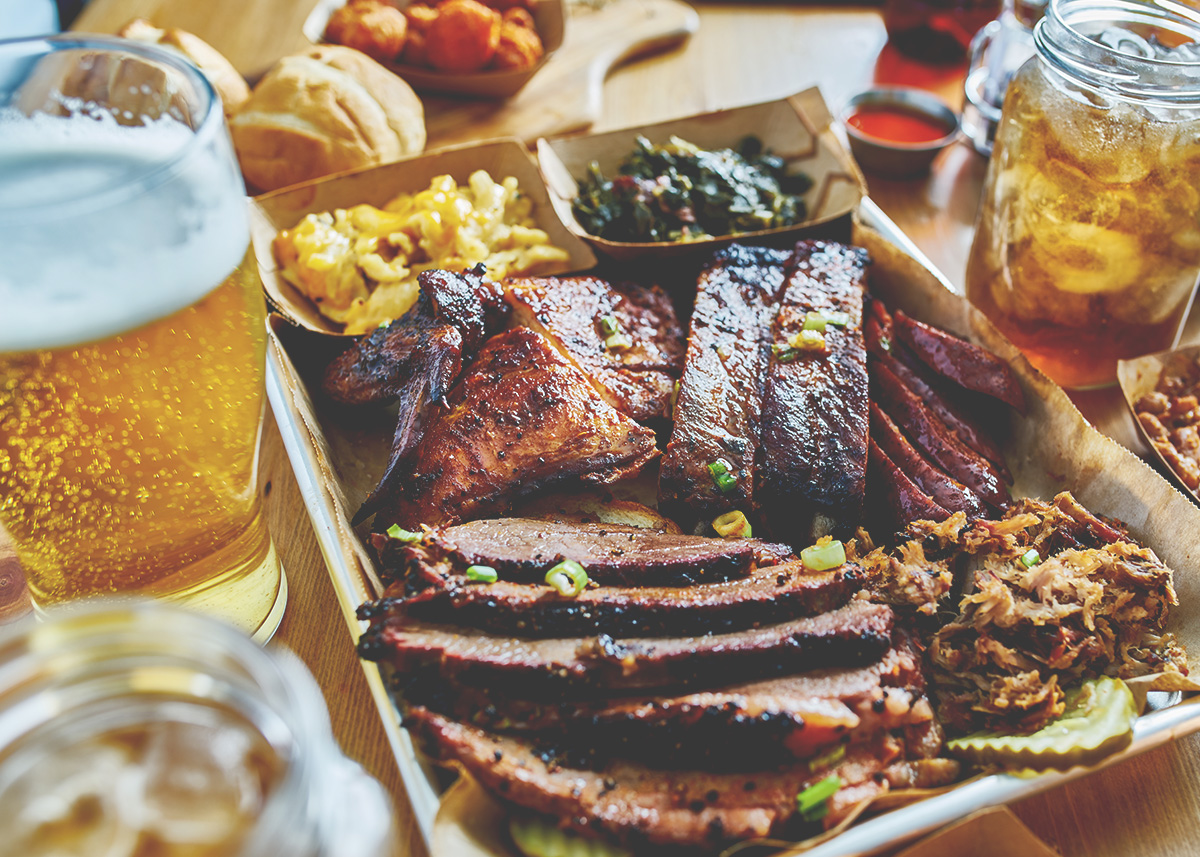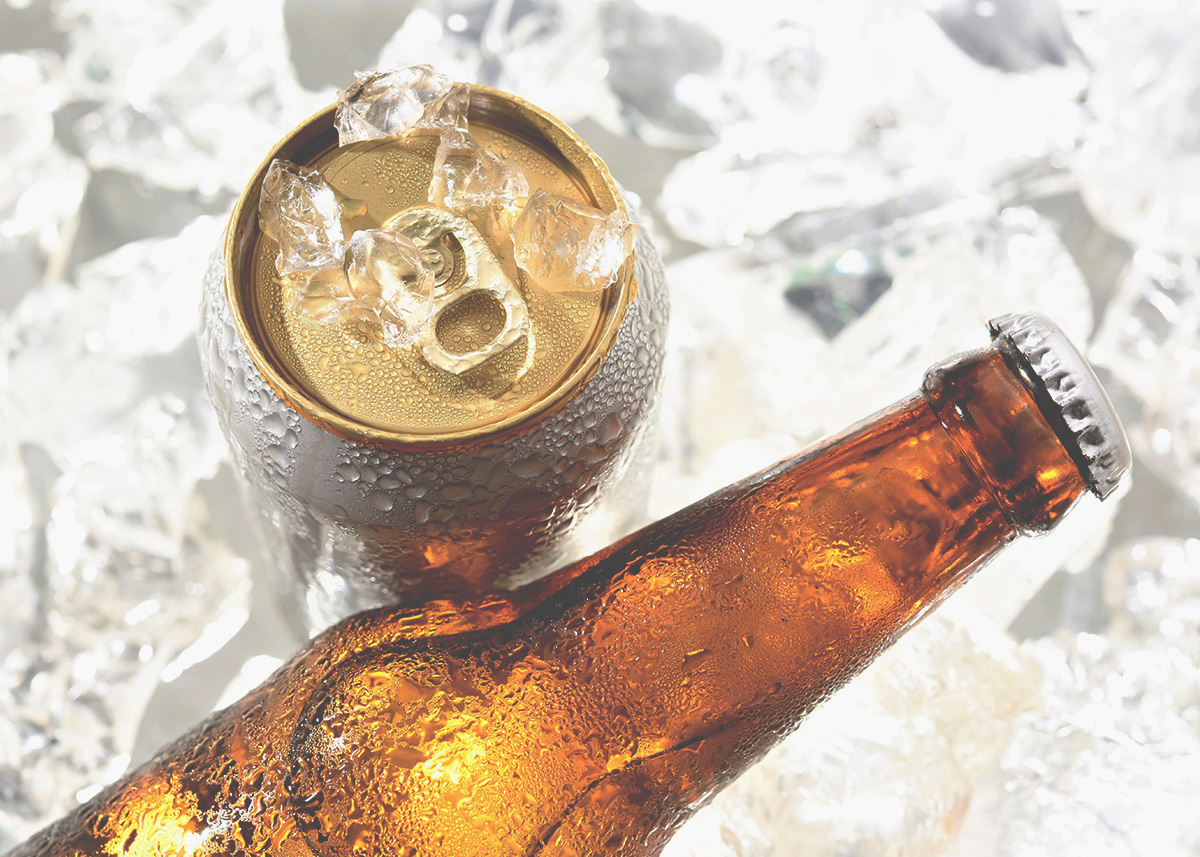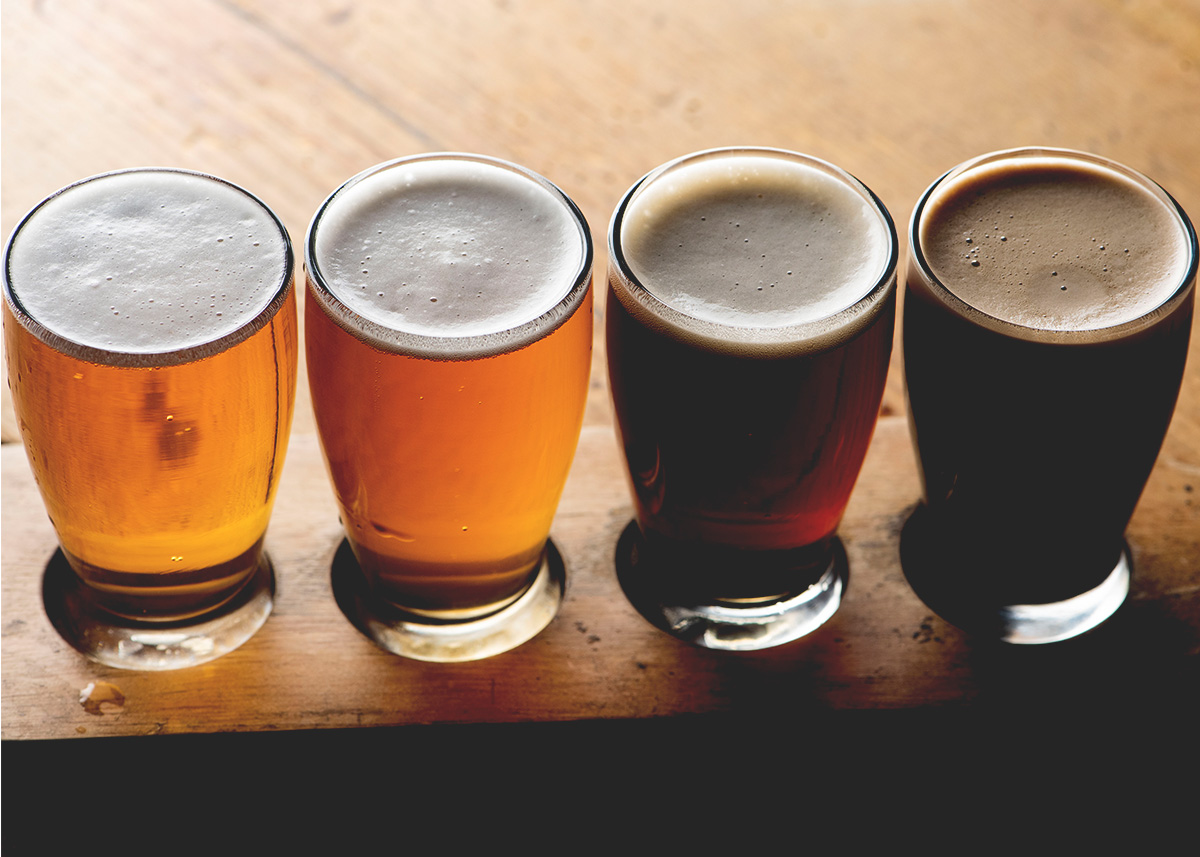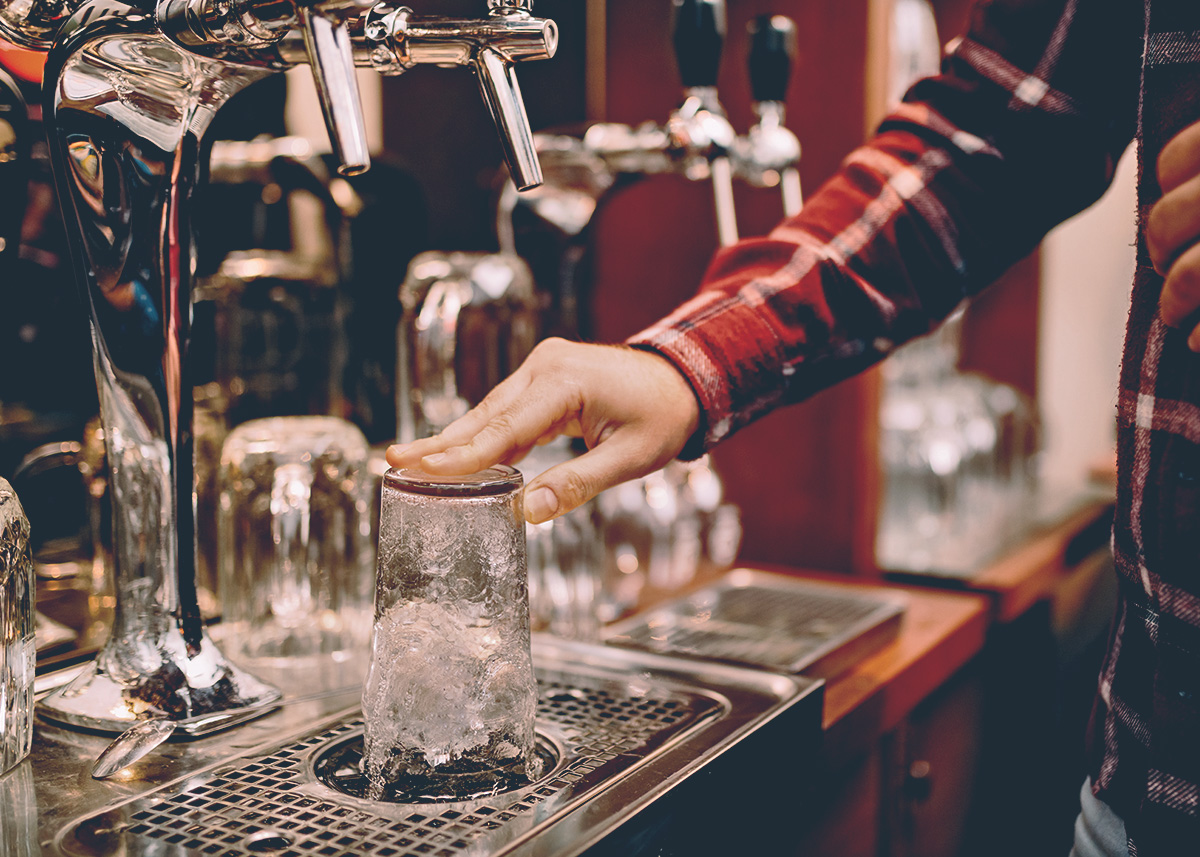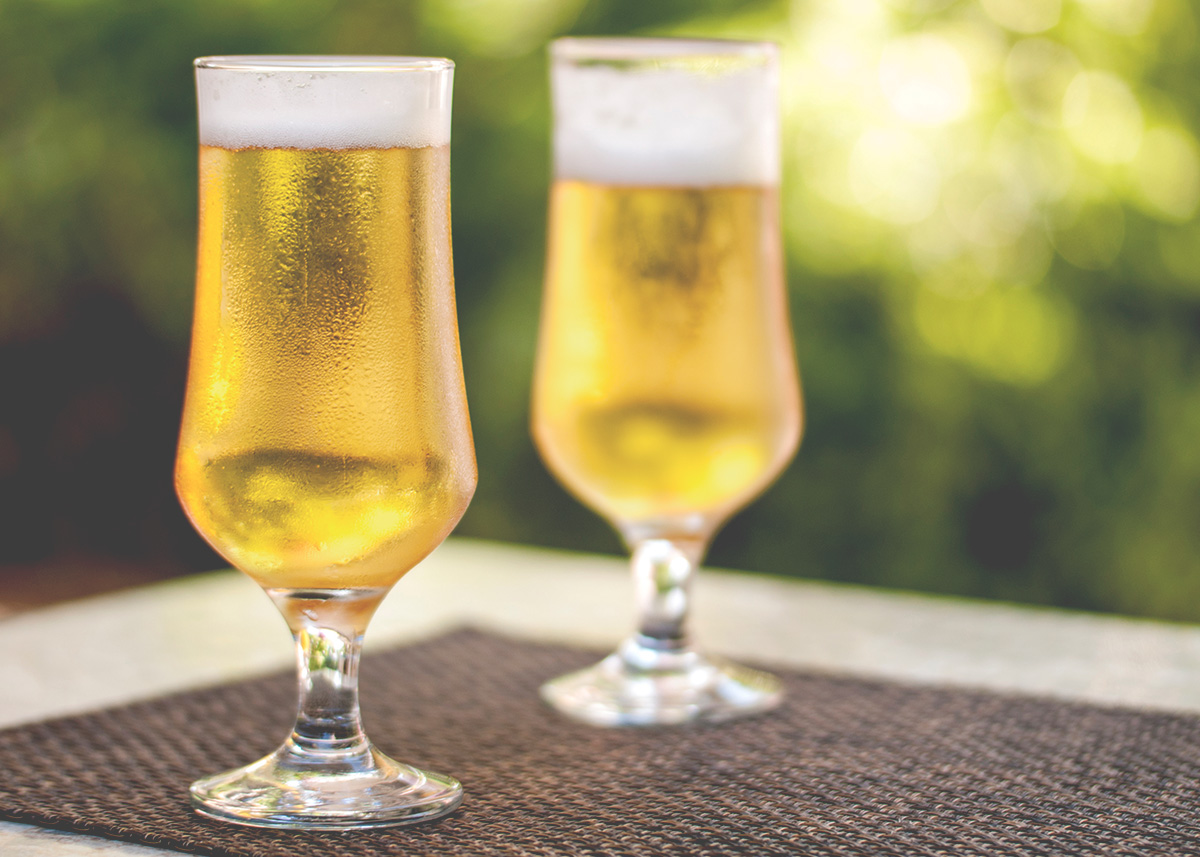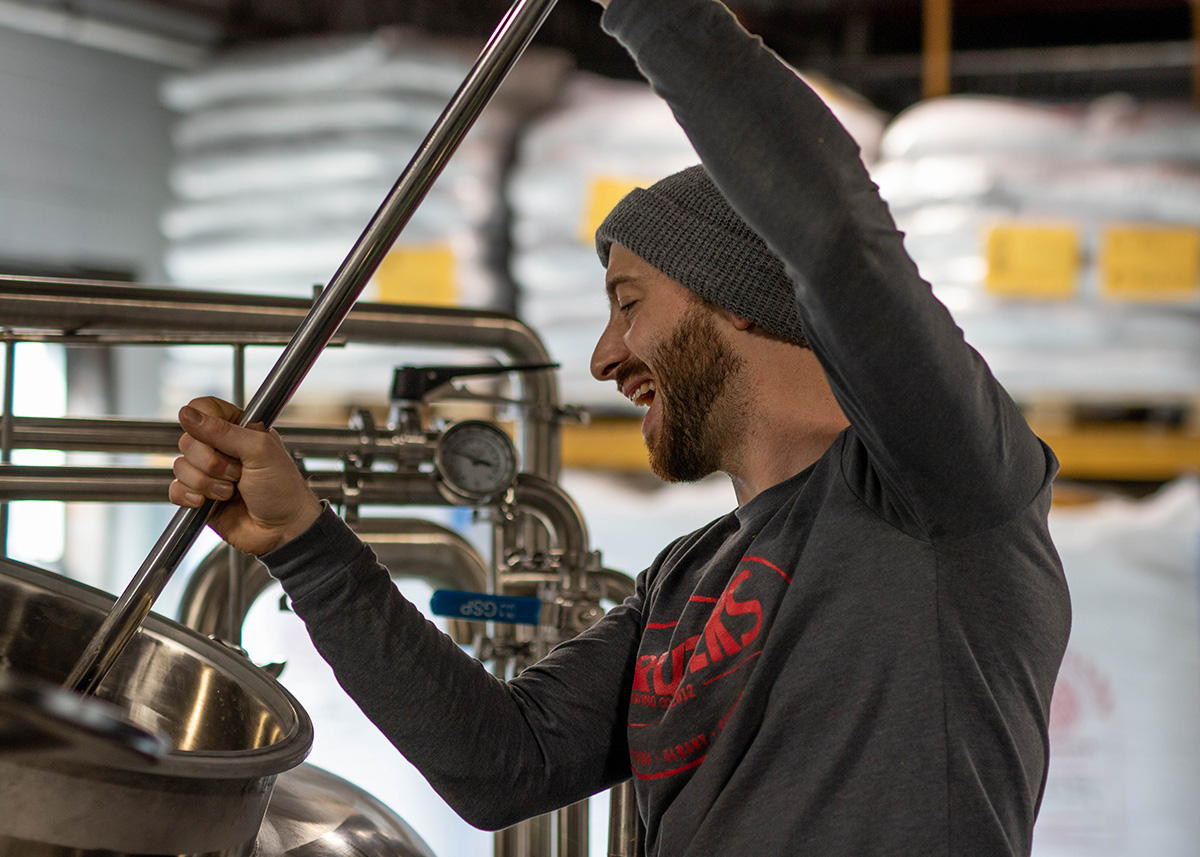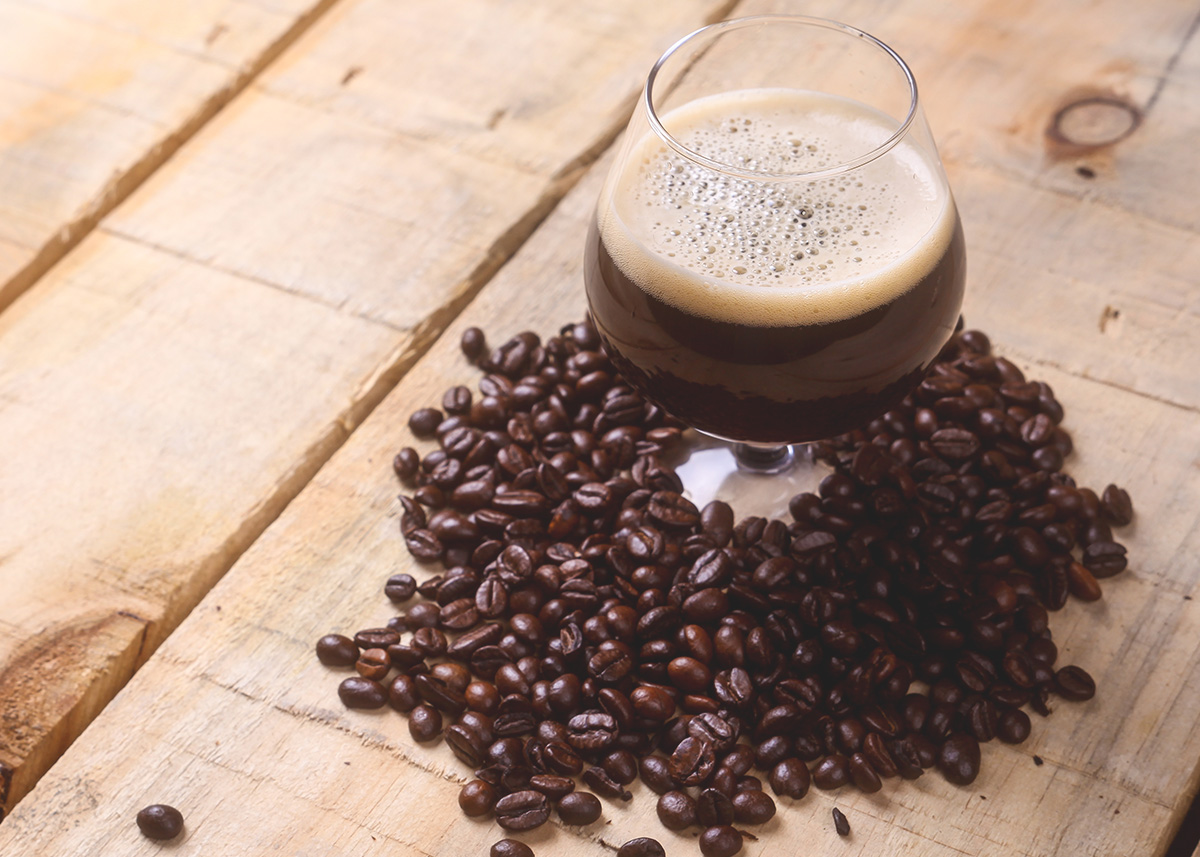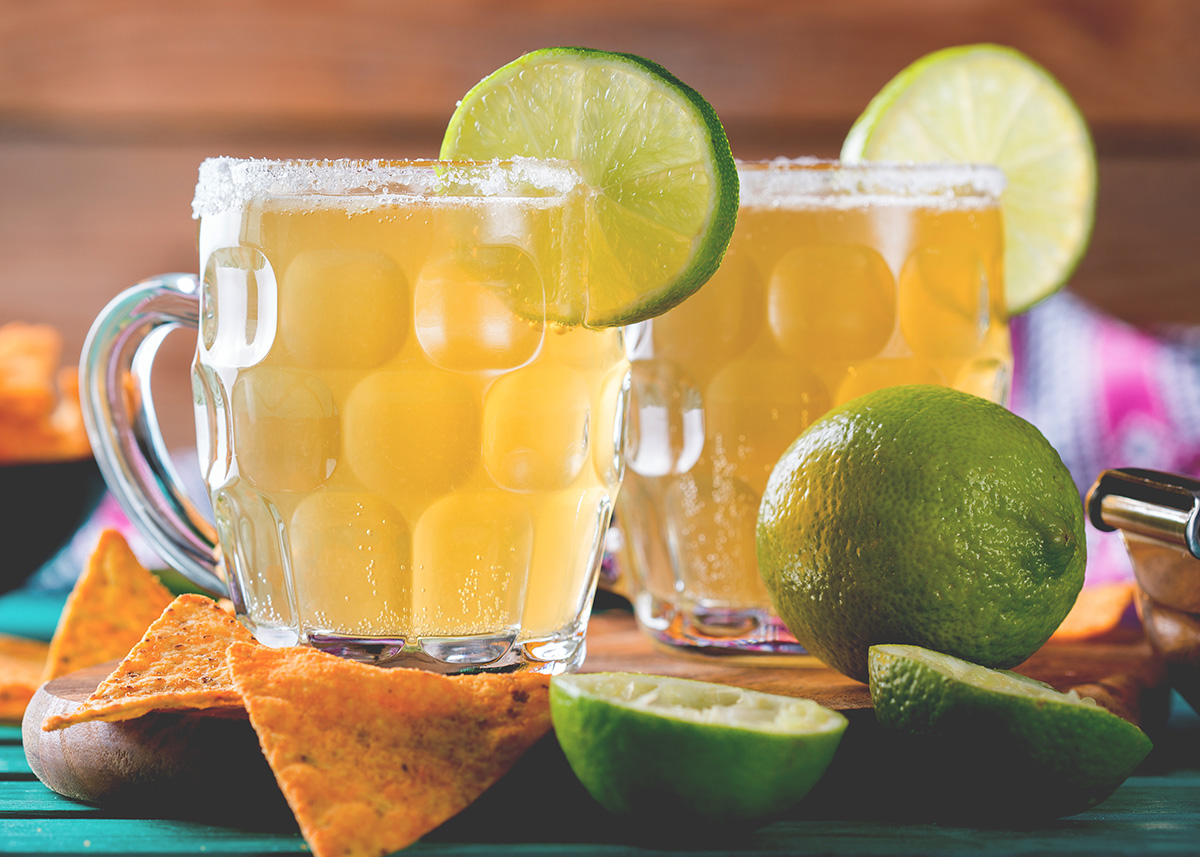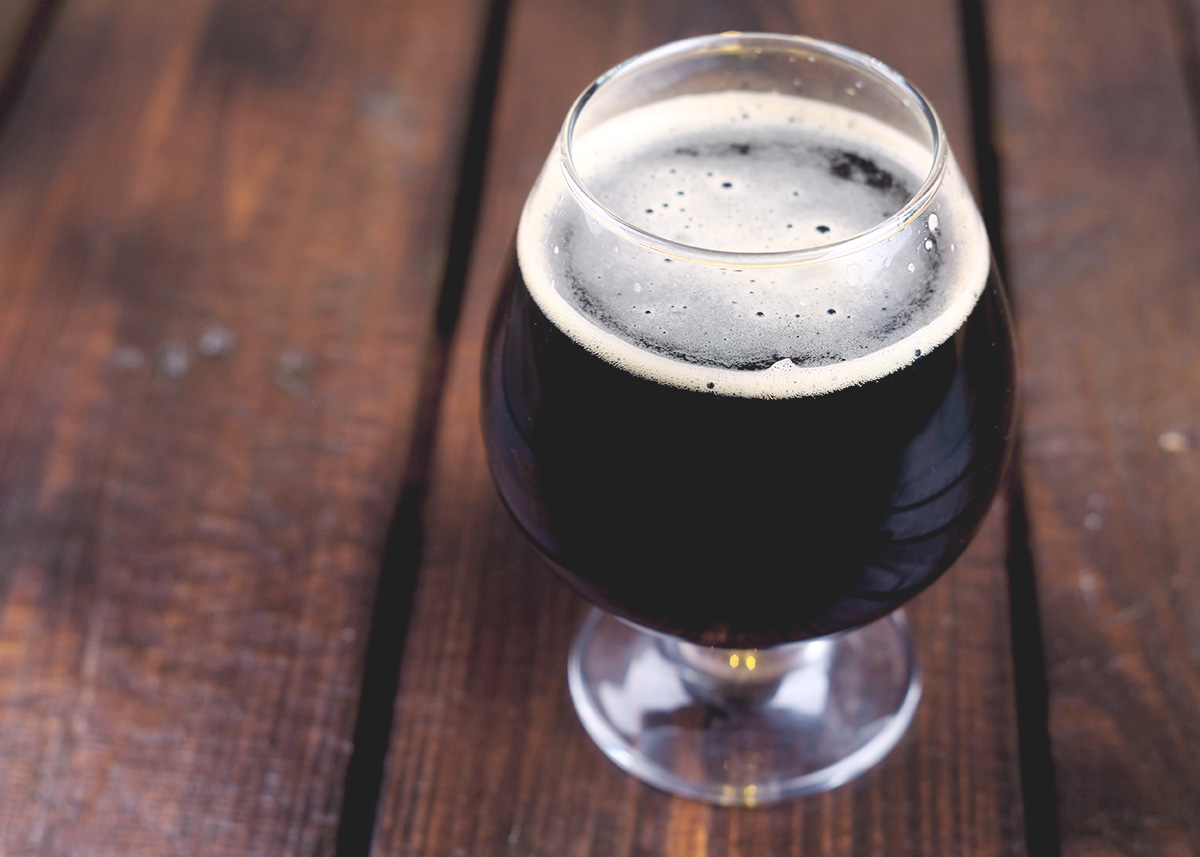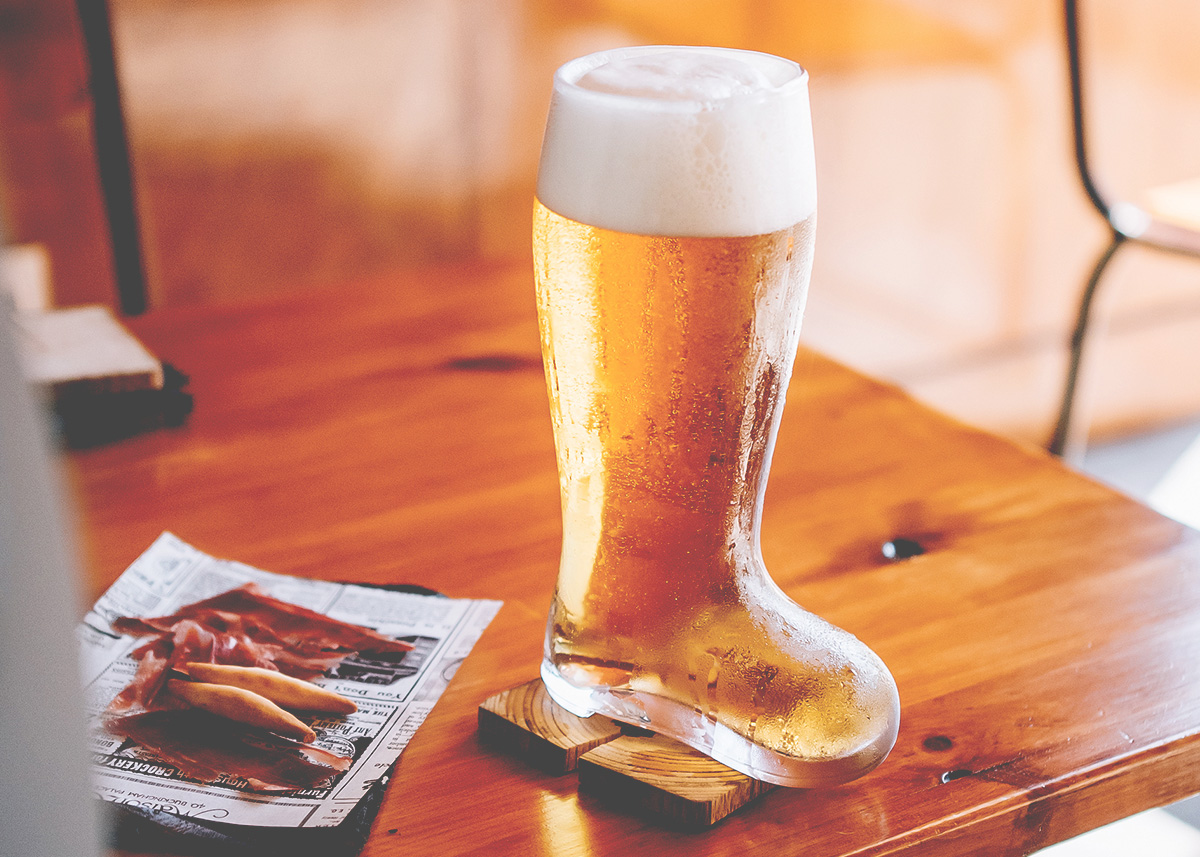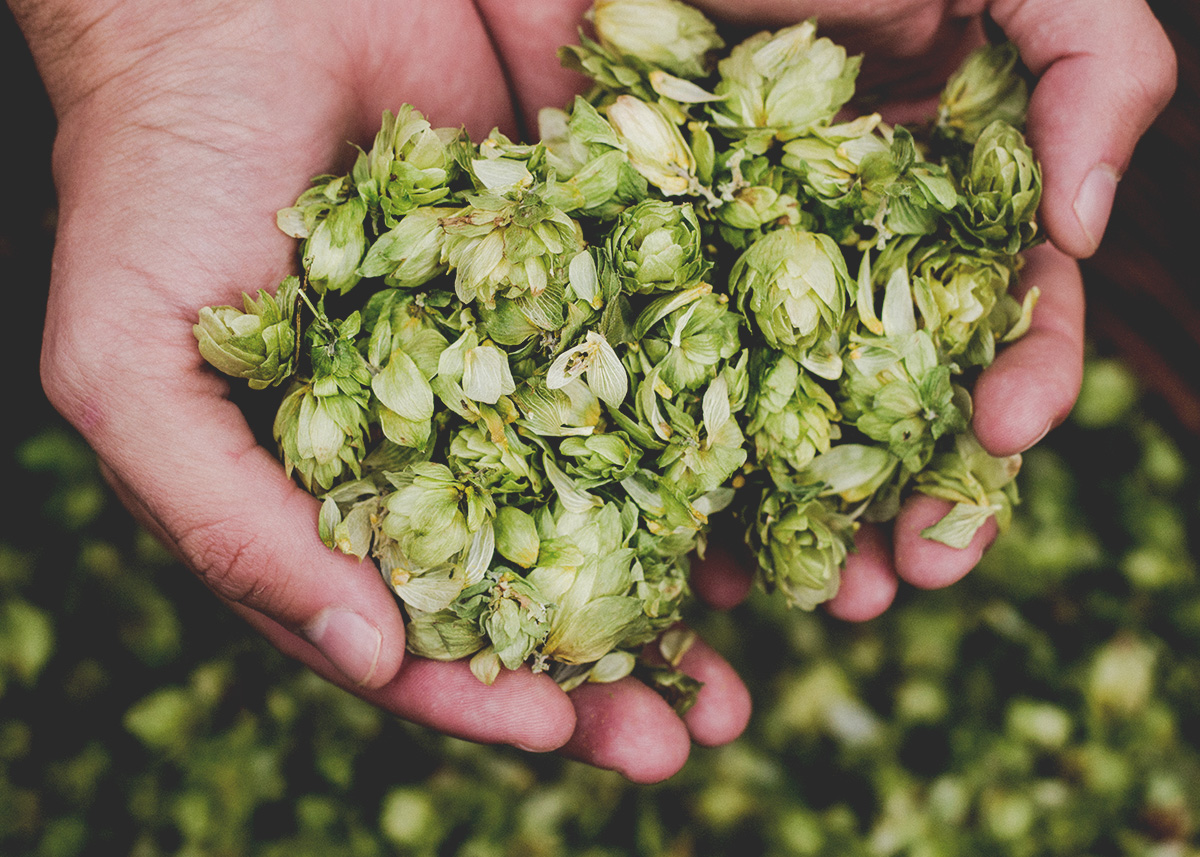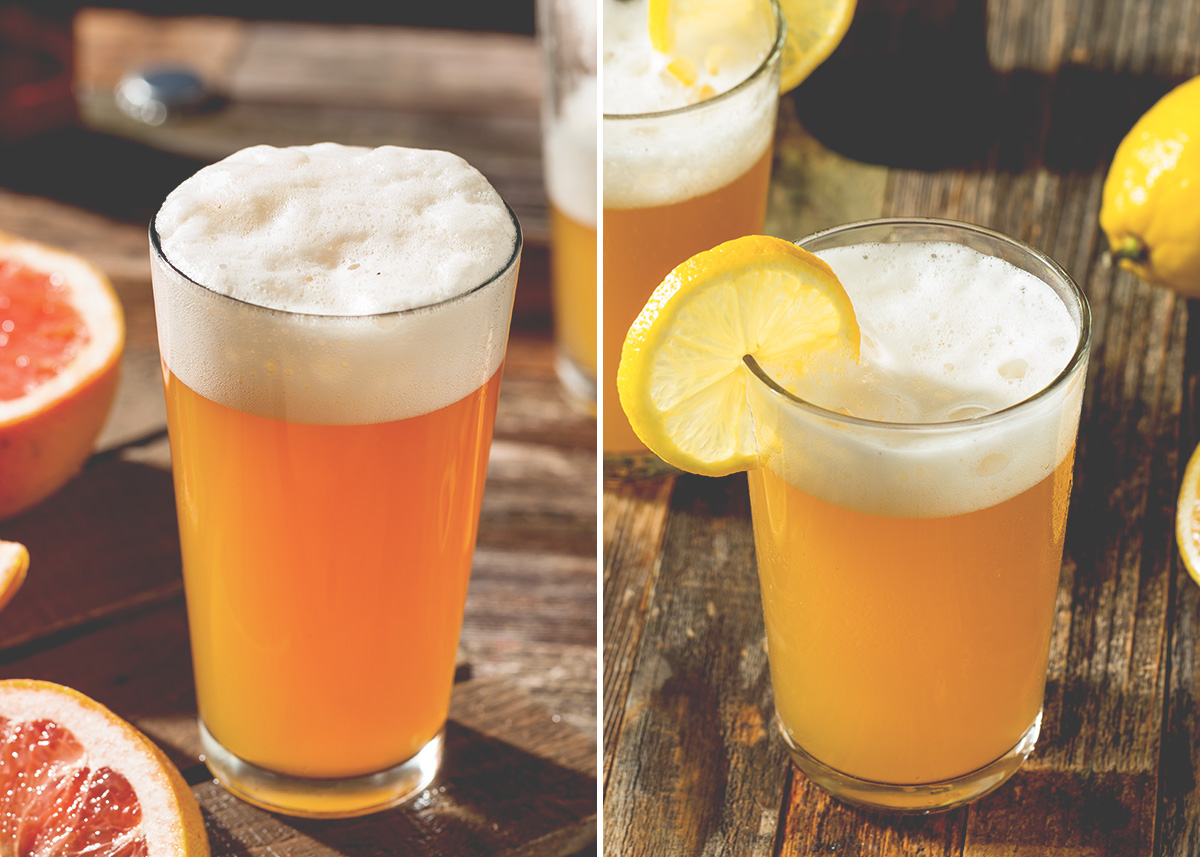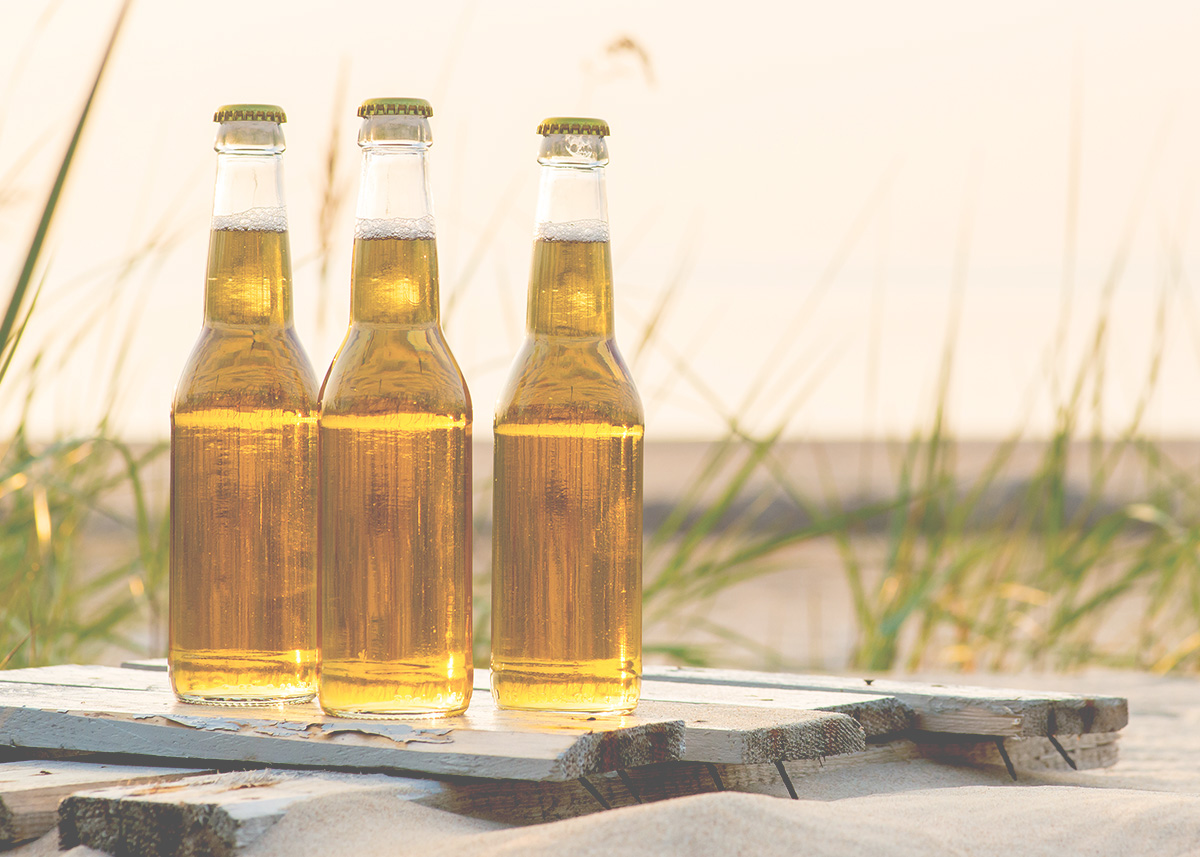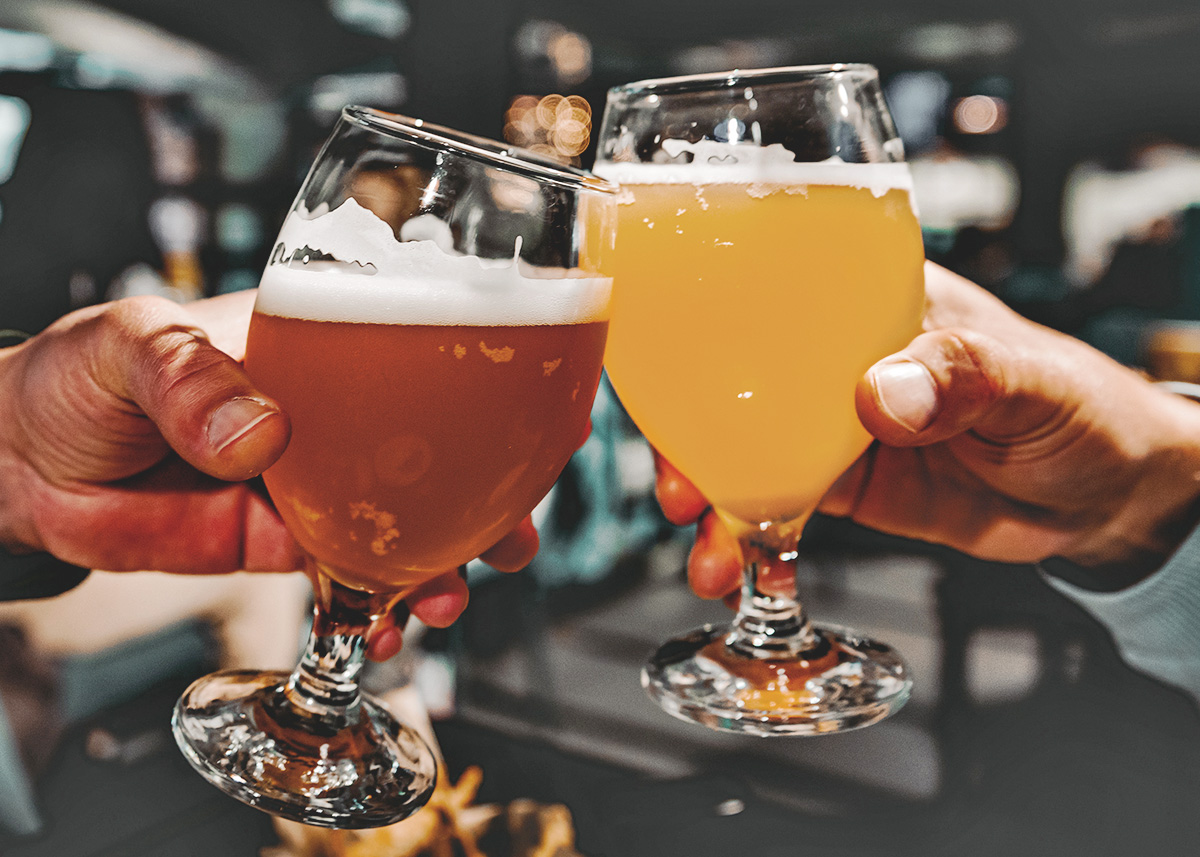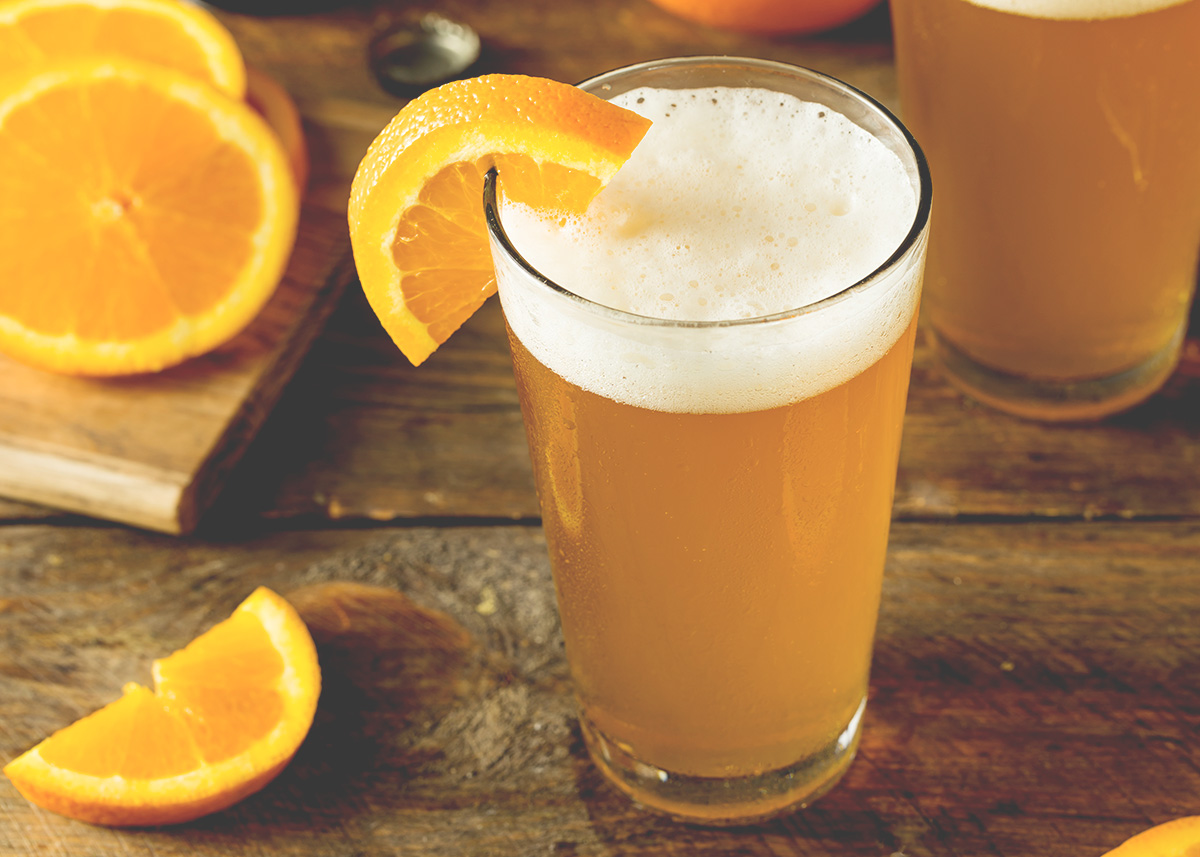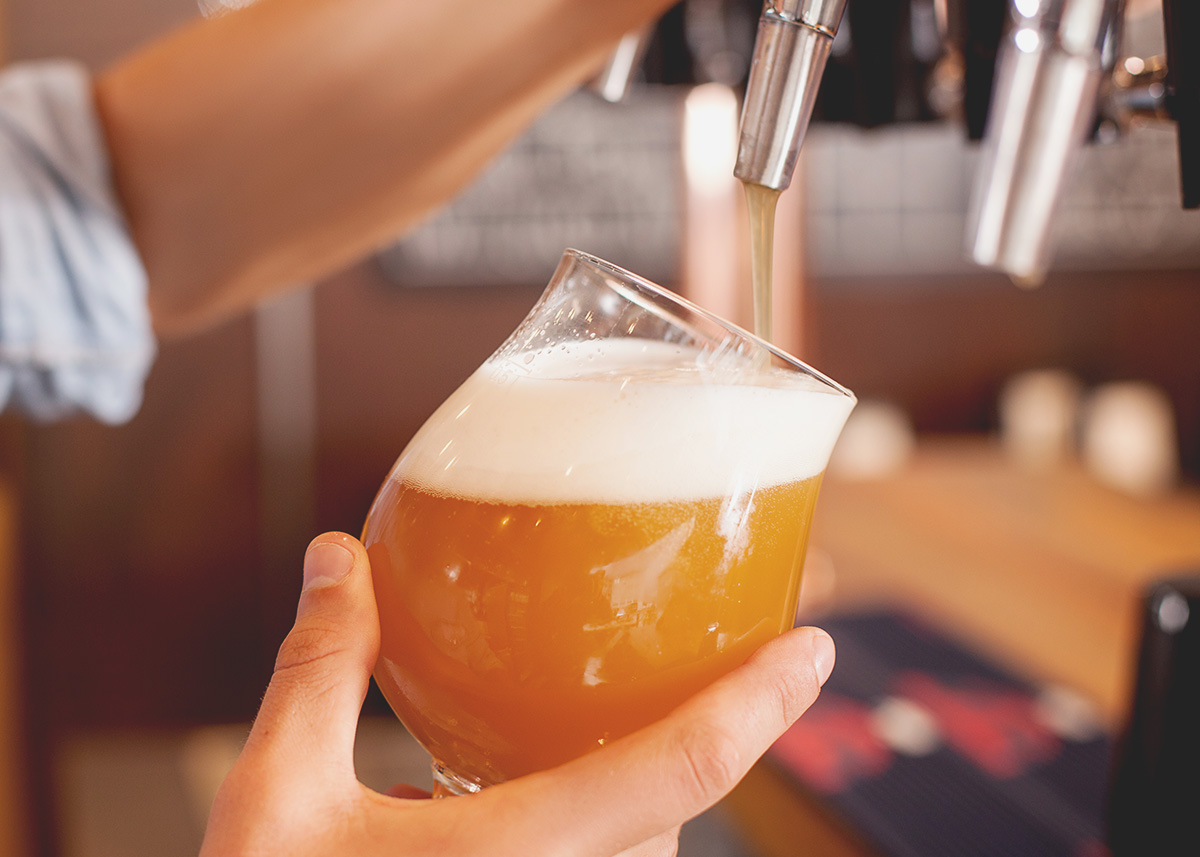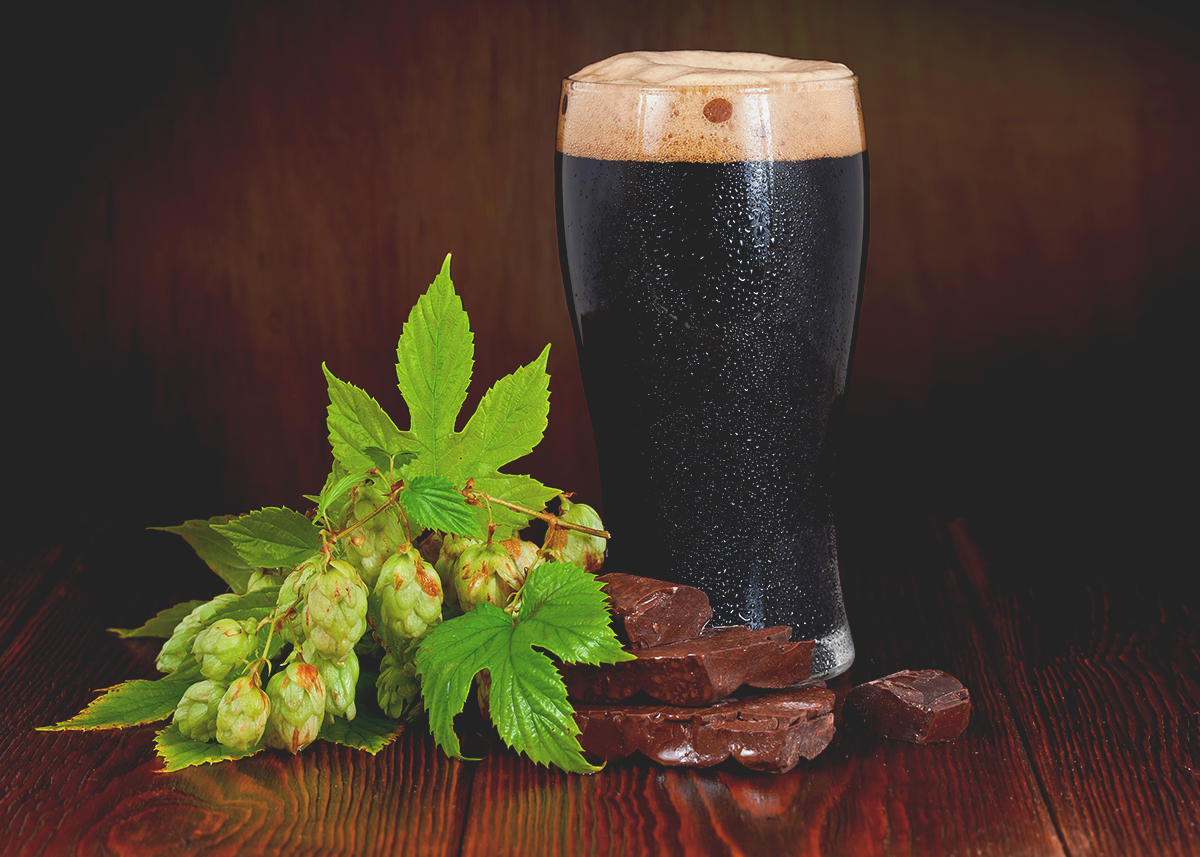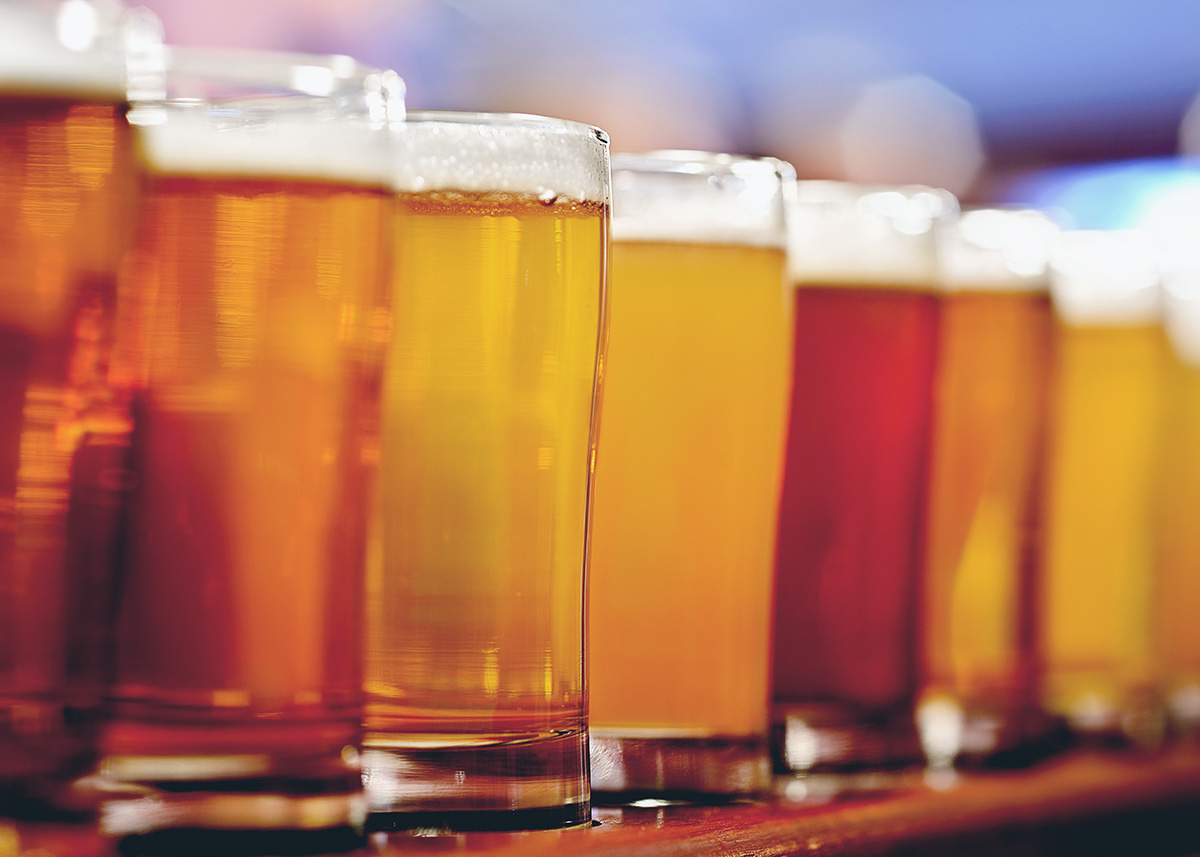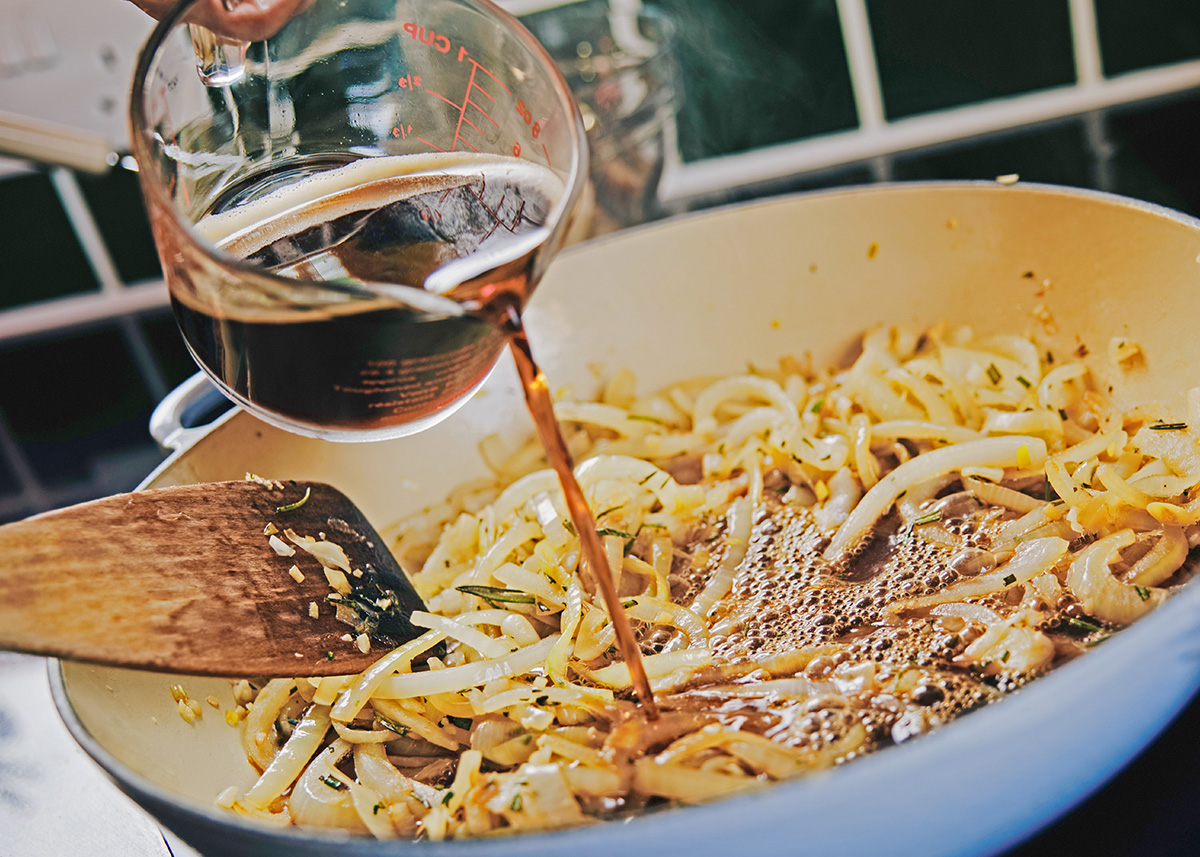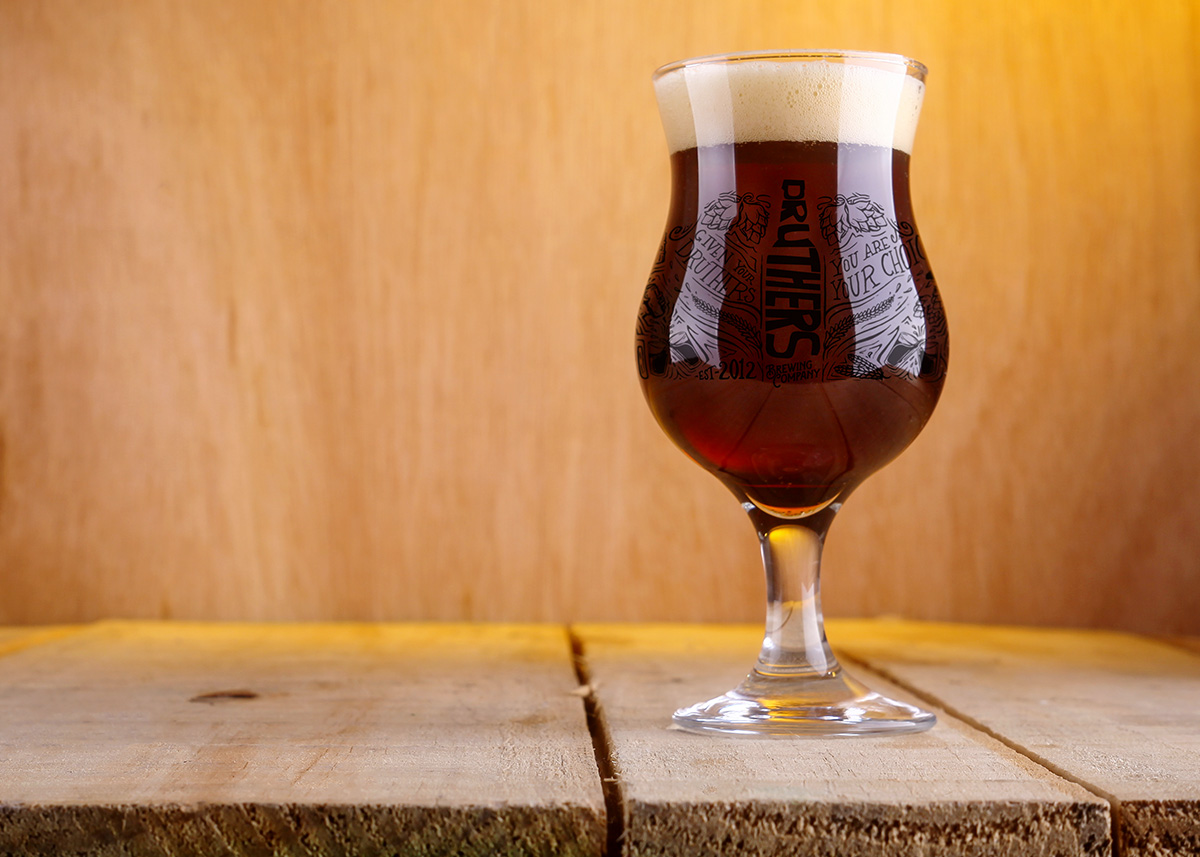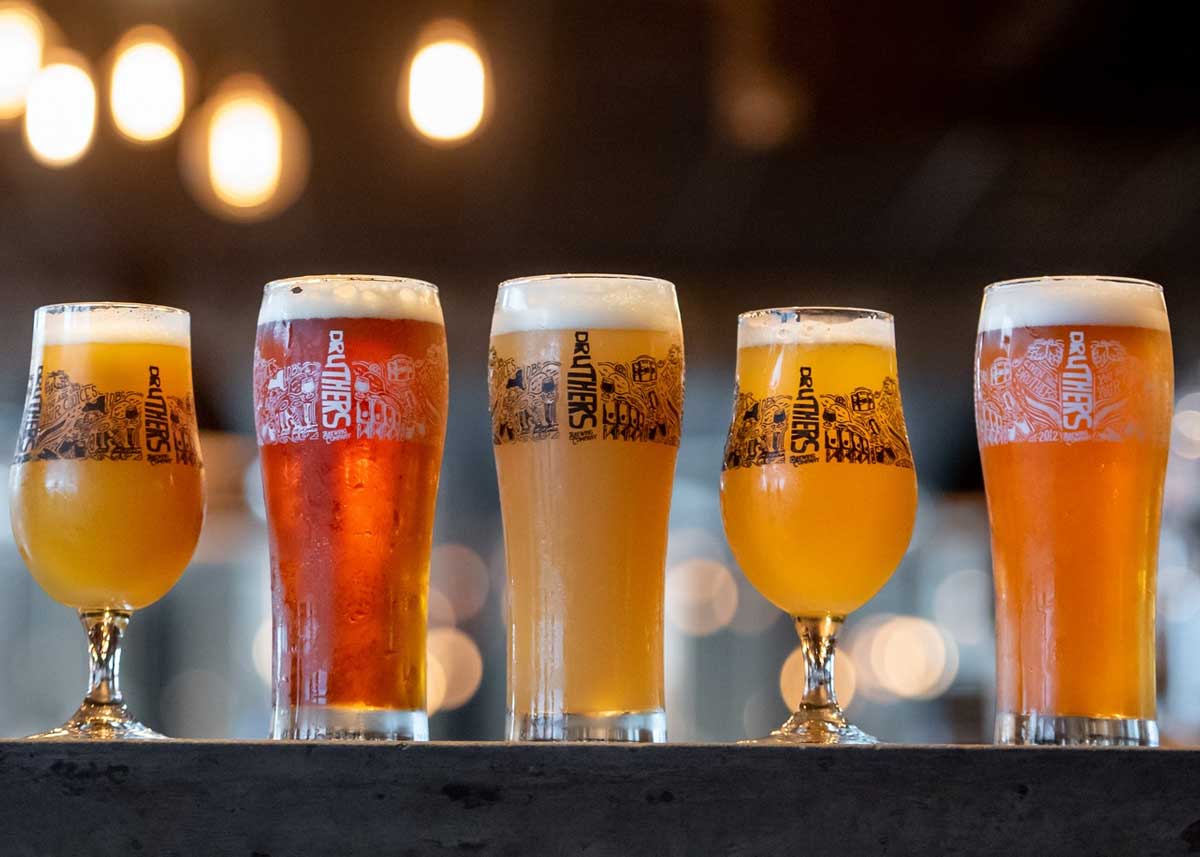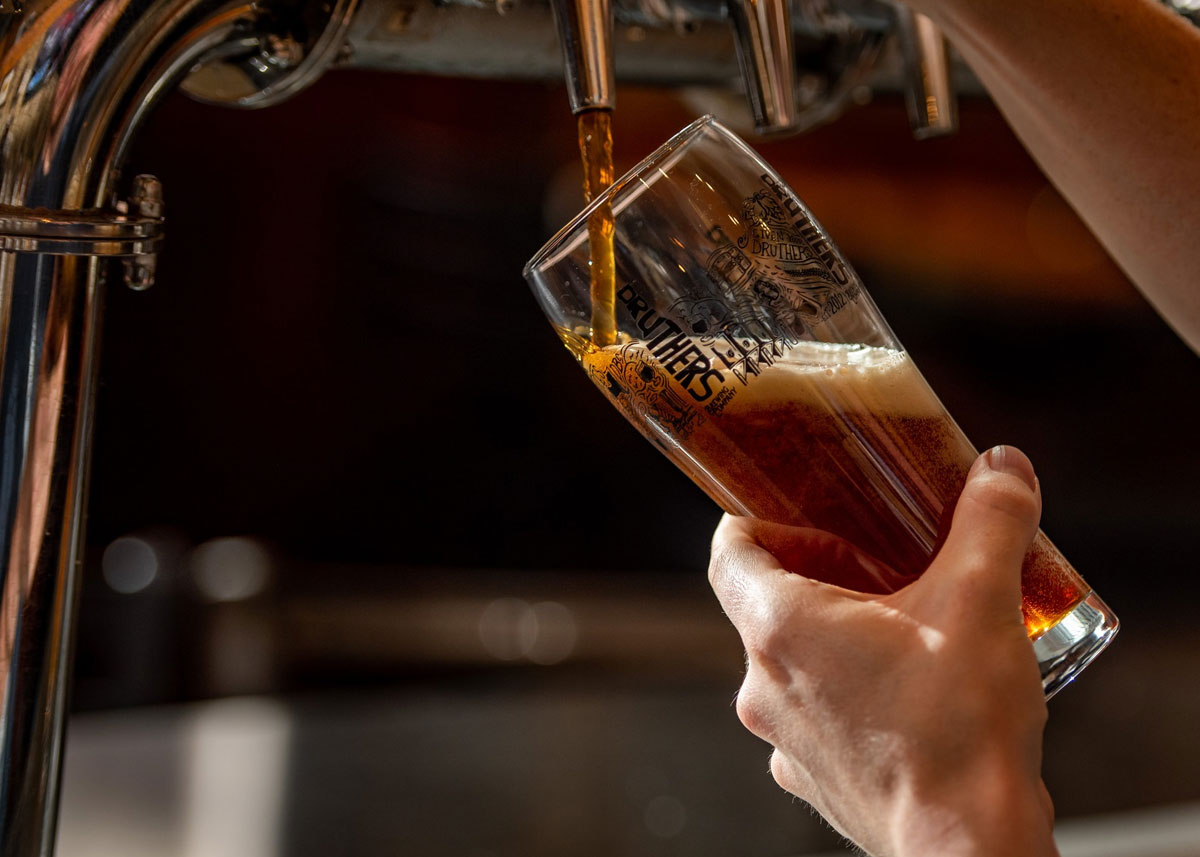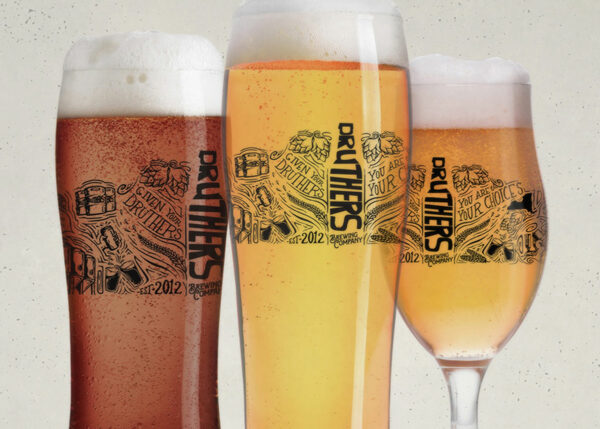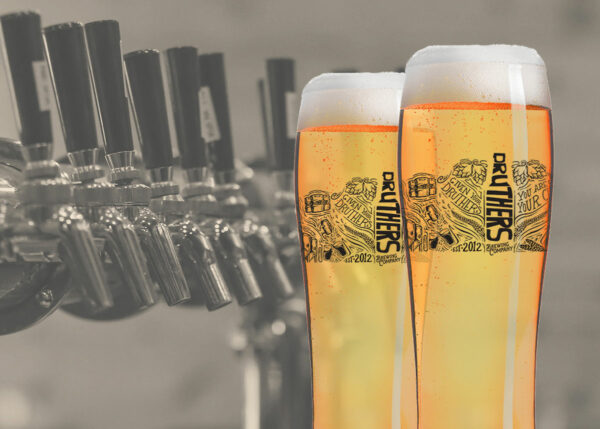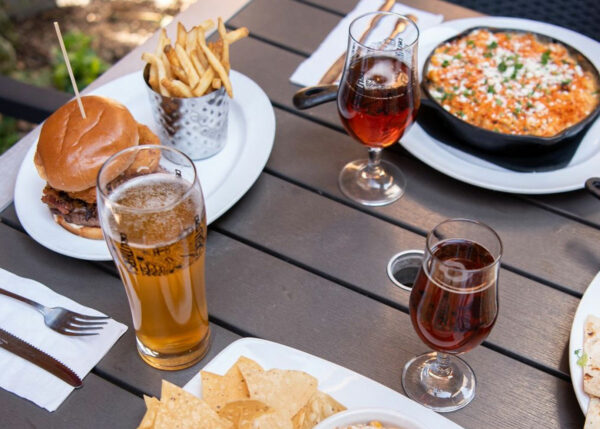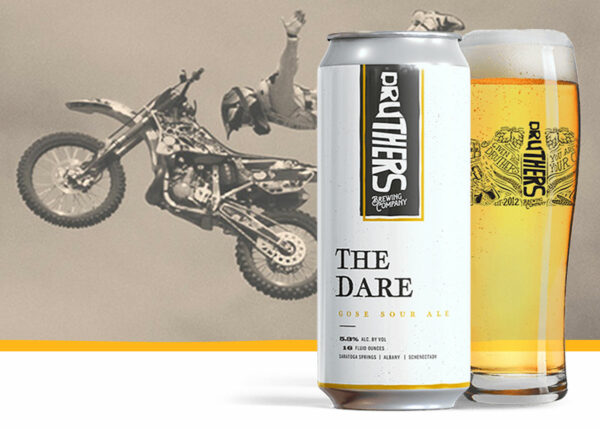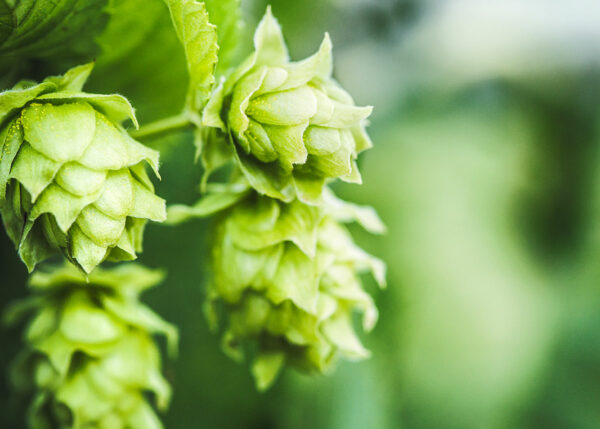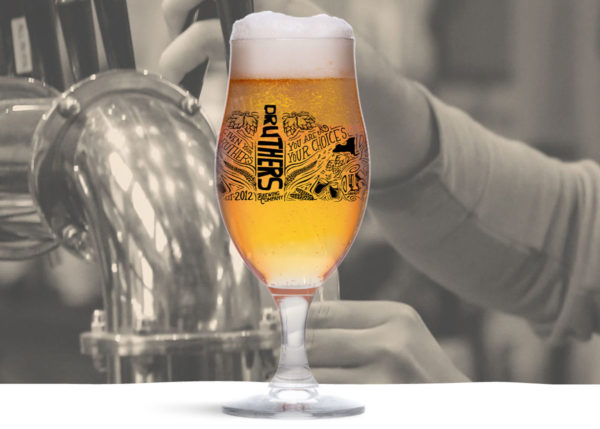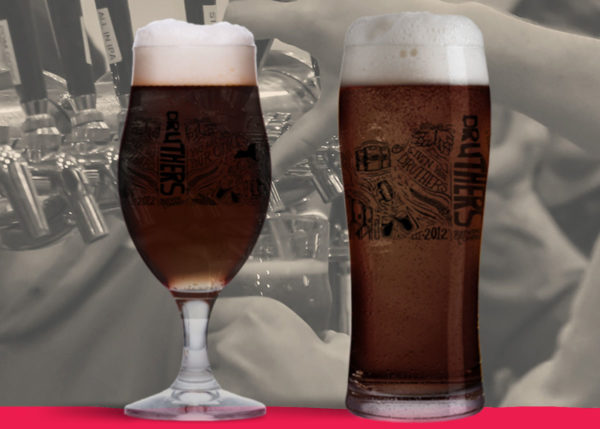Guinness famously developed and popularized the process of infusing beer with nitrogen gas — a combination that subtly alters a beer’s aroma and flavor while giving it a silky, creamy mouthfeel.
But how does it actually work?
Bubbles.
Most traditional beers are carbonated. As yeast converts sugar to alcohol, it also produces carbon dioxide. That carbon dioxide, if trapped by the brewer, infuses a beer with tiny gas bubbles that give it a prickly texture similar to soda or seltzer water.
And most nitro beers are still mildly carbonated. Nitrogen is an insoluble gas that forms smaller, more abundant bubbles than carbon dioxide. The addition of nitrogen into the process gives the beer a smoother texture and results in that stunning cascade effect when poured into the glass.
This effect occurs because the glass is not pressurized or cold enough for the nitrogen to continue to exist in its comfortable bubbly state, so its trying to escape! As fluffy foam forms up top, the nitrogen molecules are rushing around until they escapes up and out the sides of your glass. It’s a cool visual that leaves you with a glass of smooth, frothy beer.
Because nitrogen gives the beer a thicker, creamier mouthfeel, that texture works best with coffee, chocolate or caramel-like flavors — notes that are a little richer and heavier. These will be the most popular flavors of beers that are available “on nitro.”
So the next time you order a nitro beer and admire the gentle swirling and cascading colors as it settles, you’ll understand a bit about the chemistry happening right in front of you.
Cheers!
